Registro completo de metadatos
| Campo DC | Valor | Lengua/Idioma |
|---|---|---|
| dc.rights.license | Reconocimiento-NoComercial 4.0 Internacional. (CC BY-NC) | - |
| dc.contributor.author | Gordano, María Cecilia | es |
| dc.contributor.other | Fundación Ceibal | - |
| dc.date.accessioned | 2025-11-11T14:25:39Z | - |
| dc.date.available | 2025-11-11T14:25:39Z | - |
| dc.date.issued | 2025-03 | - |
| dc.identifier.citation | Gordano, María Cecilia. (2025) Digital Technologies for Leveraging Public Policies in Education for Refugees, Migrants and Displaced Children and Young People: Challenges and Opportunities in LAC. Fundación Ceibal | es |
| dc.identifier.uri | https://hdl.handle.net/20.500.12381/5302 | - |
| dc.description.abstract | As intraregional human mobility in Latin America and the Caribbean (LAC) increasingly becomes a structural phenomenon—marked by a high proportion of children and young people of school age—the urgency of developing comprehensive national and regional strategies to ensure their right to quality education and digital inclusion grows. Most governments in the region are proactively adapting legal and regulatory frameworks to facilitate refugee, migrant and displaced (RMD) children and young people (CYP) universal access to education, although persistent barriers remain, including lack of documentation, language differences and discrimination. Digital technologies have the potential to improve educational processes –from learning and teaching to information management- by offering immediacy, ubiquity and widespread availability of personalized educational resources, interactions and information, at relatively low costs and adapted to diverse learner profiles, and socioeconomic and cultural contexts. However, digital divides also pose new challenges to education inclusion due to limited connectivity, insufficient skills and awareness of digital rights, policy gaps, among others. This paper explores the role of digital technologies in improving public policies for the education inclusion of RMD CYP in Latin America and the Caribbean, based on desk research and 13 semi-structured interviews with key informants from government education services, international and multilateral organizations, and a non-governmental organization. The results show that while there are no specific public policies in LAC to support digital education inclusion of RMD persons, various initiatives and strategies have been implemented at the intersection of Inclusive Education Policy (IEP) and Digital Education Policy (DEP) by states in collaboration with multi-stakeholders. IEP and DEP run along different conceptual tracks but are increasingly intertwined, providing hints, evidence and frameworks for action that could be useful for the development of more systematic and comprehensive related policies in the near future. However, both IEP and DEP face policy gaps in their implementation and effectiveness –mainly due to professional and institutional capacities, cultural biases, policy discontinuity, policy fragmentation within and between countries, lack of planning and monitoring, among other factors. The biggest challenge, however, continues to be ensuring education rights to RMD CYP in transit, a volatile population that often cannot access formal education systems and remains, as one informant expressed, “invisible” to states. The present document offers recommendations for future policy improvements for the digital education inclusion of RMD CYP according to a 5C framework that addresses the challenges and opportunities of digital and multicultural dimensions of connectivity, content, capacity, cooperation and collaboration, and communication and information. | es |
| dc.description.sponsorship | IDRC Canadá | es |
| dc.description.tableofcontents | Executive Summary. Introduction and Research Overview. 1. Public Policies in LAC Supporting Digital Education Inclusion for Migrant and Displaced Populations. 1.1. Inclusive Education Policies (IEP). 1.2. Digital Education Policies. 2. Challenges and Opportunities of Digital Technologies for Leveraging Public Policies in Education for Refugees, Migrants and Displaced Children and Young People in LAC. 2.1. Connectivity. 2.2. Capacities. 2.3. Content. 2.4 Coordination and Collaboration for Digital Education Governance. 2.5. Communication and Information. Conclusion and Recommendations. References. Annex. | es |
| dc.format.extent | 36 p. | es |
| dc.language.iso | eng | es |
| dc.publisher | Fundación Ceibal | es |
| dc.rights | Acceso abierto | * |
| dc.subject | Digital Technologies | es |
| dc.subject | Public Policies in Education | es |
| dc.subject | Refugees, Migrants and Displaced Children and Young People | es |
| dc.subject | Challenges and Opportunities | es |
| dc.title | Digital Technologies for Leveraging Public Policies in Education for Refugees, Migrants and Displaced Children and Young People: Challenges and Opportunities in LAC | es |
| dc.type | Libro | es |
| dc.subject.anii | Ciencias Sociales | |
| dc.subject.anii | Ciencias de la Educación | |
| dc.type.version | Publicado | es |
| dc.anii.institucionresponsable | Fundación Ceibal | es |
| dc.anii.subjectcompleto | //Ciencias Sociales/Ciencias de la Educación/Ciencias de la Educación | es |
| dc.ceibal.researchline | Otro | es |
| Aparece en las colecciones: | Fundación Ceibal | |
Archivos en este ítem:
| archivo | Descripción | Tamaño | Formato | ||
|---|---|---|---|---|---|
| Digital Technologies for Leveraging Public Policies in Education for Refugees, Migrants and Displaced Children and Young People. Challenges and Opportunities in LAC.pdf | Descargar | 628.18 kB | Adobe PDF |
Las obras en REDI están protegidas por licencias Creative Commons.
Por más información sobre los términos de esta publicación, visita:
Reconocimiento-NoComercial 4.0 Internacional. (CC BY-NC)
